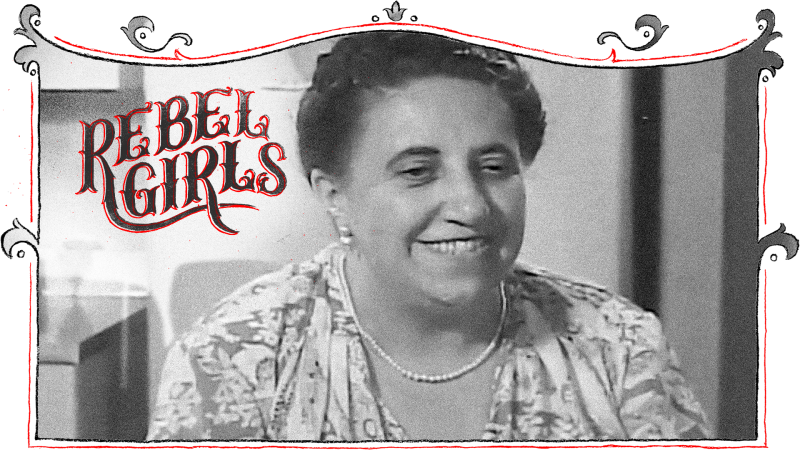A twist of fate arrived in 1934. Zelayeta had been left with permanent eye damage after suffering a bout of scarlet fever as an infant. The popular chef noticed her eyes beginning to fall out of focus; she stopped being able to recognize customers at the restaurant until they were within inches. Zelayeta finally visited a doctor, who told her the situation was hopeless. A detached retina and severe cataract were about to render her blind, and there was no way to stop it. Compounding Zelayeta’s fears at the time was something else — she was pregnant.
As Zelayeta lost her sight, she fell into a deep depression. “At first I was in darkness,” she said later. “I had watched my sight go. I would look in the mirror, and gradually I saw my image growing dimmer and dimmer.” A few days after going completely blind, in total despair, Zelayeta attempted to throw herself from her seventh-story apartment window. Lorenzo caught her in the act and pulled her back from the ledge. Two months later, her second son was born. “Billy’s coming was like an Easter for me,” Zelayeta recognized later. “Not just a birth, but a rebirth.”
Still, the period after going blind was a tough one for Zelayeta. When she left the restaurant in the hands of other chefs, diners slowly stopped coming. At home, Zelayeta slowly learned how to live without sight while also fighting a deep depression. “For two years I was in the dark,” she said in a 1944 interview. “Then I said to myself, ‘Elena, you aren’t being anything but a burden to your family.’ So I changed.”
Zelayeta decided to live as she had before her sight loss. Gradually, she taught herself to cook again, relying on her sense of touch and smell to re-master her favorite dishes. She timed how long things had been in the oven based on radio programming. She started inviting more guests over, and attended movies and dances. She found silver linings in her sight loss. “To me, people cannot age,” she said later. “I can see them as I saw them 10 years ago. Young, pretty, never growing old.”
In 1944, Zelayeta turned a major corner. She began teaching cookery classes at the San Francisco Center for the Blind. That same year, the chef wrote and released her first book, Elena’s Famous Mexican and Spanish Recipes. The tome included many of the dishes she had served in her restaurant, and her warm personality was a constant presence throughout. In her introduction, she noted that “All recipes have been thoroughly tested. All carry my wishes for buena suerte!” The book was an immediate success and went on to sell half a million copies. Zelayeta was finally able to pay off the debts she’d accrued after she lost the restaurant.



